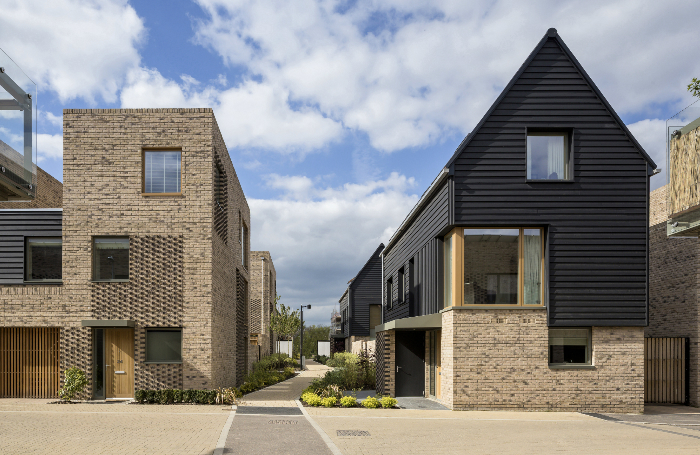Communities Secretary Sajid Javid is inviting bids immediately for a share of a £2.3 billion Housing Infrastructure Fund, which the government hopes will unlock 100,000 new homes in areas of high demand.
The Housing Infrastructure Fund forms part of the broader £23 billion National Productivity Investment Fund announced by Chancellor Philip Hammond in his 2016 Autumn Statement.

Two funding streams are open to bids from local authorities in England: a Marginal Viability Fund to provide broadly-defined ‘infrastructure’ funding to get additional housing sites allocated or existing sites unblocked, and a Forward Fund for a small number of strategic and high-impact infrastructure projects.
Bids can be submitted for up to £10m for Marginal Viability proposals, and for up to £250m for strategic Forward Funding proposals.
The money has to be spent by 2020-21 and will be available in the current financial year, with local authorities given a short timescale for competitive bids to be submitted ahead of the 28 September 2017 deadline. Awards will be announced from late 2017 or early 2018.
RIBA Planning Group member Bob Pritchard, principle associate at Eversheds Sutherland, says the timescales will be challenging, particularly for major infrastructure projects.
‘Lack of funding for infrastructure continues to be a significant obstacle to housing delivery so any measures aimed at addressing this issue are welcome, but funding of major infrastructure requires considerable forward planning, which means applications are likely to be limited to schemes that are already well advanced,’ Pritchard says.
Dhruv Sookhoo, member of the RIBA Housing Group, voices similar reservations regarding the timeframe, pointing to an emphasis on pace and programme that may come at the cost of design quality.
Pritchard also highlights the limited geographical reach of one of the funding streams:
‘Bids for funds from the Forward Funding stream are limited to top tier authorities, including Combined Authorities and the GLA. This will inevitably mean there will be eminently suitable schemes that could well miss out as they do not fall within the geographical remit of these bodies.’
For purposes of bidding, infrastructure is defined very broadly and includes funding for schools, health care facilities, heritage infrastructure and land assembly, as well as roads, bridges and energy networks.
‘If the Housing Infrastructure Fund enables housing development on small and medium housing sites, as well as large sites, then it has the potential to address the Housing White Paper objective of diversifying the housing market by encouraging smaller builders, developing local supply chains, and boosting opportunities for local consultants, including architects,’ says Dhruv Sookhoo.
‘Developing infrastructure to enable housing on smaller sites is likely key to supporting development in a range of locations from inner-city brownfield sites to rural exception sites.’
Sookhoo expects the Marginal Viability funding stream to be most relevant for stalled projects, including those where section 106 contributions proved prohibitive to developers.
Bids are most likely to be awarded to local authorities that can demonstrate that they are able to partner with one another and local enterprise partnerships to strategically deliver infrastructure, he adds.
'The Forward Fundingstream is intended to kick-start strategic, high-impact projects to generate market confidence to attract further investment. This is most relevant to architects where clients have funding during or immediately following feasibility.'
Sookhoo concludes that the fund offers the hope that creative, proactive local authorities may have the means to match forward funding to forward planning that has a better chance of realising better quality housing.
'Whether this is directly relevant to the work of architects and their local authority and housebuilding clients may relate to the degree to which infrastructure is interpreted beyond the narrow definition of roads and services, to include the community assets and urban realm that makes for higher quality neighbourhoods.'
Thanks to Bob Pritchard, principle associate, Eversheds Sutherland; Dhruv Sookhoo, visiting lecturer at Newcastle University.
Text by Neal Morris. This is a ‘Practice News’ post edited by the RIBA Practice team. The team would like to hear your feedback and ideas for Practice News: practice@riba.org









